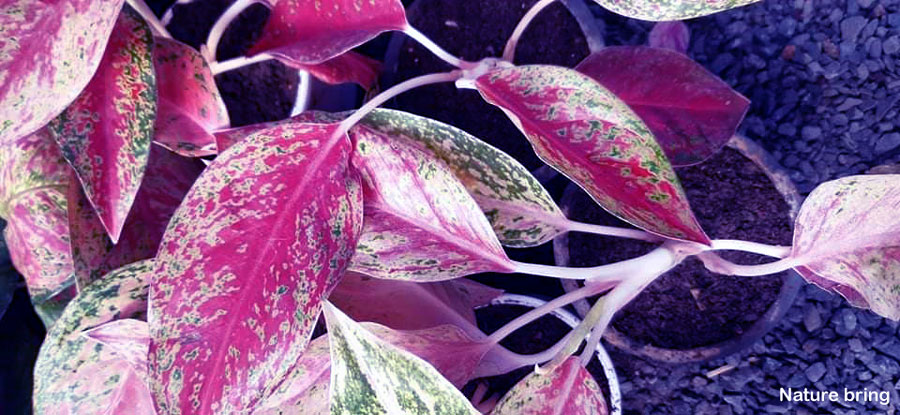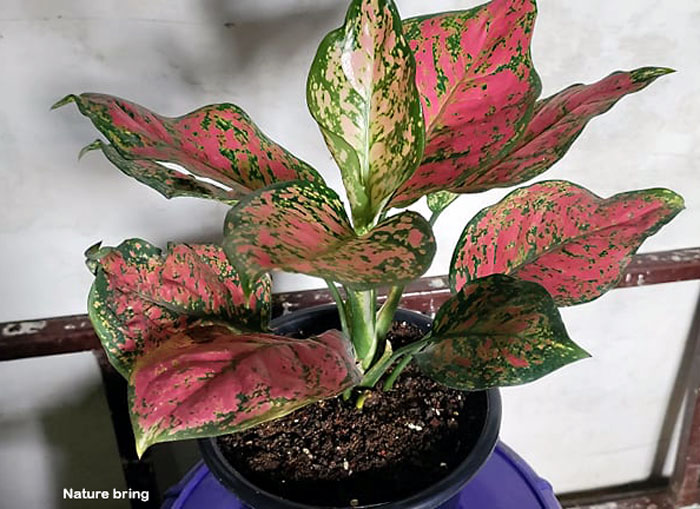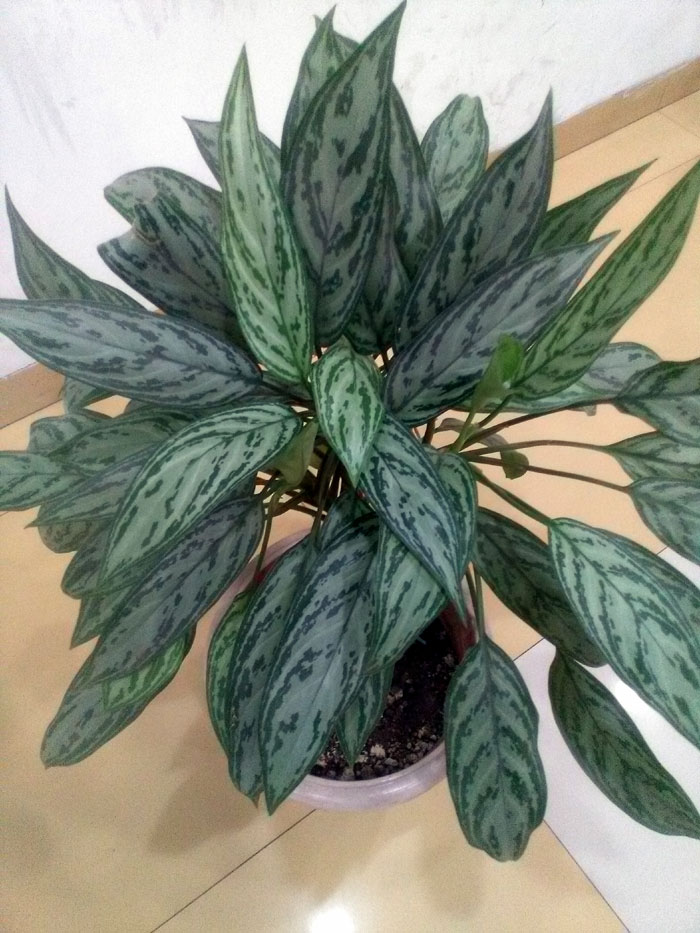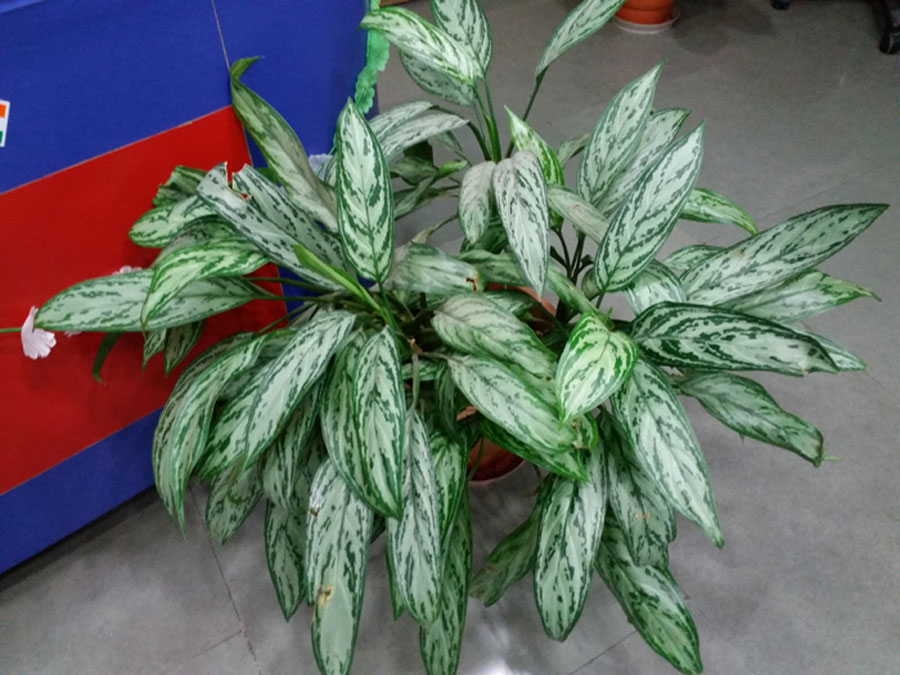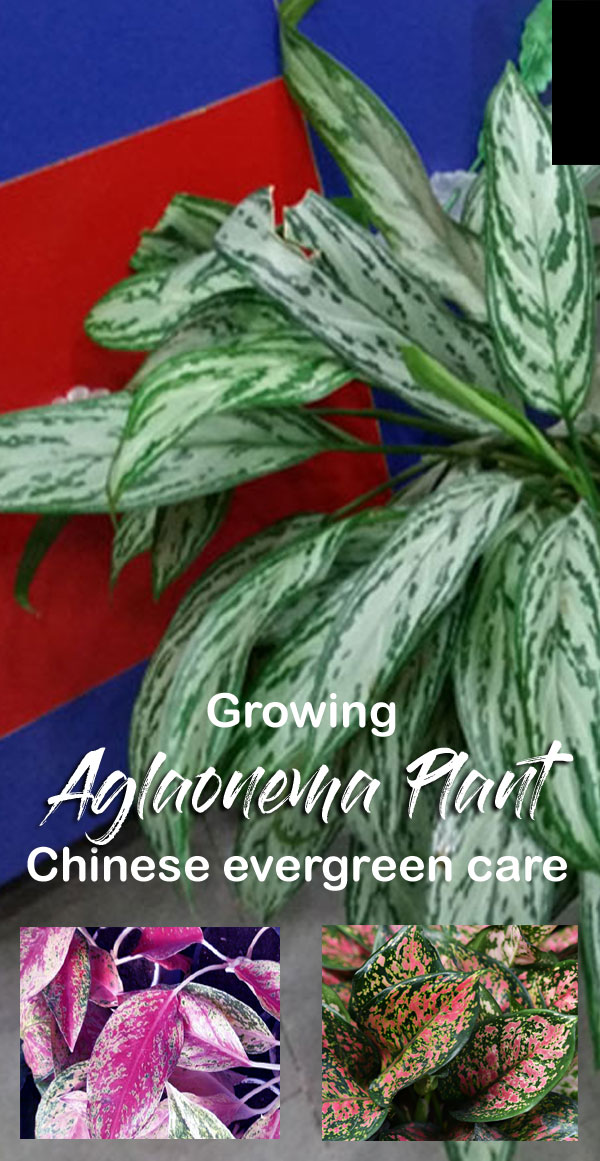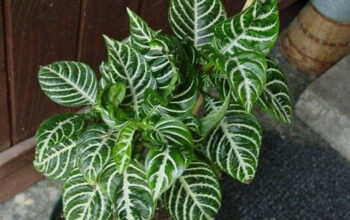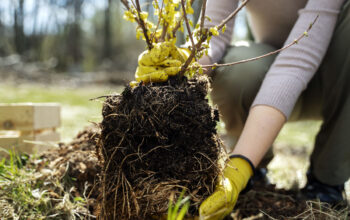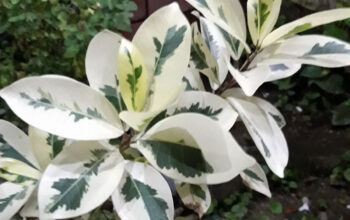Aglaonema plant (Chinese evergreen )
Aglaonema (Chinese evergreen) is a flowering plant native to tropical and subtropical regions of Asia and New Guinea. Philippine evergreen is commonly known as Chinese evergreen. The stems of the plant are erect or creeping and the ones that grow along the ground may root at the nodes. It produces unisexual flowers and fresh berry fruit that ripens red. Know Growing Aglaonema Plant, Chinese evergreen care in this article.
They are poisonous due to calcium oxalate crystals and if ingested, they may irritate mucous membranes and their juice can cause skin irritation and painful rash.
Overview of Chinese Evergreen
Scientific name Aglaonema commutatum
Common name Philippine evergreen, Aglaonema, Chinese evergreen
Plant type Houseplant
Sun requires Avoid direct sunlight
Soil Well-drained soil or good quality potting mix
Soil pH 5.6 – 6.5
Zone 10-11
Chinese evergreen care (Growing and caring Aglaonema Plant)
Aglaonema plant is one of the easiest houseplants to grow and it is very stylish to look at. The shiny dark green leaves and colourful foliage make it an adorable plant. The plant adds beauty to your house and is perfectly suited for a modern office, living room, dim bedroom or study room. The leaves are narrow, large, glossy, and oval, and the flowers of the plant bloom in the spring or summer season.
Sunlight
Irrespective of the variety of the plant, do not expose the plant to direct sunlight as it can burn the leaves. Darker green varieties can grow in near shade, and the variegated varieties can grow in a bit more light. Bright indirect sunlight is optimal and it will encourage the red aglaonema to produce elegant red and pink colour on its leaves. The plant can tolerate low light, but the colours may not be as deep and powerful. Indoors, place it in a well-lit position, and outdoors, and plant it in a bright spot but away from direct sunlight.
Soil
Well-drained soil or good quality potting mix which is slightly acidic like Yates Potting Mix with dynamic filter is good for planting your aglaonema. If your soil mixture retains too much water, then mix it in sand or perlite to provide drainage. The pot that you choose for your plant should have enough drainage holes at its base.
Watering
Check the top few inches of the soil with your finger to check that it is not moist right beneath the surface. The plant can be allowed to dry out but not completely in between waterings because aglaonema prefers only slightly moist soil. Do not overwater the plant because the plant does not thrive well in waterlogged soil. Water the plant more in the growing season and less in the winter season.
Temperature
Chinese evergreen plant prefers a temperature between 70 to 85 degrees Fahrenheit. The plant is sensitive to cold temperatures and should not be kept in temperatures below 65 degrees Fahrenheit. In cold conditions, the plant may die so keep your plant away from windows or vents that blast in coll temperatures.
Humidity
Aglaonema requires high humidity and does best in a warm, bright and humid environment. You can mist the plant frequently to increase the humidity level around the plant. You can also keep the plant in high humidity areas like bathrooms or the kitchen. If the tips of the plant start turning brown, it means that the air is too dry and the humidity should be increased. You can also increase the humidity in the house by small humidifiers or by placing trays filled with water and pebbles or grouping indoor plants together.
Fertilizer
Philippine evergreen plant does not require much feeding. So, you can feed your plant with liquid fertilizers or slow-release pellets twice a year at the beginning of the growing season and at the end of the growing season.
In pots, feed the plant during the summer season with Yates Thrive All Purpose Liquid Plant Food. This fertiliser will promote the strong root development and healthy foliage growth of the plant. During winter, no feeding is necessary.
In the garden, feed the plant each spring and autumn with Yates Dynamic Lifter Soil Improver and Plant Fertiliser. Apply this around the root zone.
Repotting Aglaonema
Chinese evergreen plant should be repotted every two years in fresh soil because it helps in replenishing the soil. The next pot you choose should be in proportionate to the plant itself because it does not require extra soil to hold too much moisture. For best development, replant the aglaonema at the same height as they were originally planted.
Read also:
Growing peace lily plants. How to grow Mandevilla in containers. Rutabagas growing to plant and caring. Calendula herb growing guide. How to grow Ridge gourd at home. Growing Basil in containers. Winter vegetable plant in October. Hoya plants growing and care tips. Bottle gourd growing guide. 09 Easy growing herbs for beginners.
For pin:

